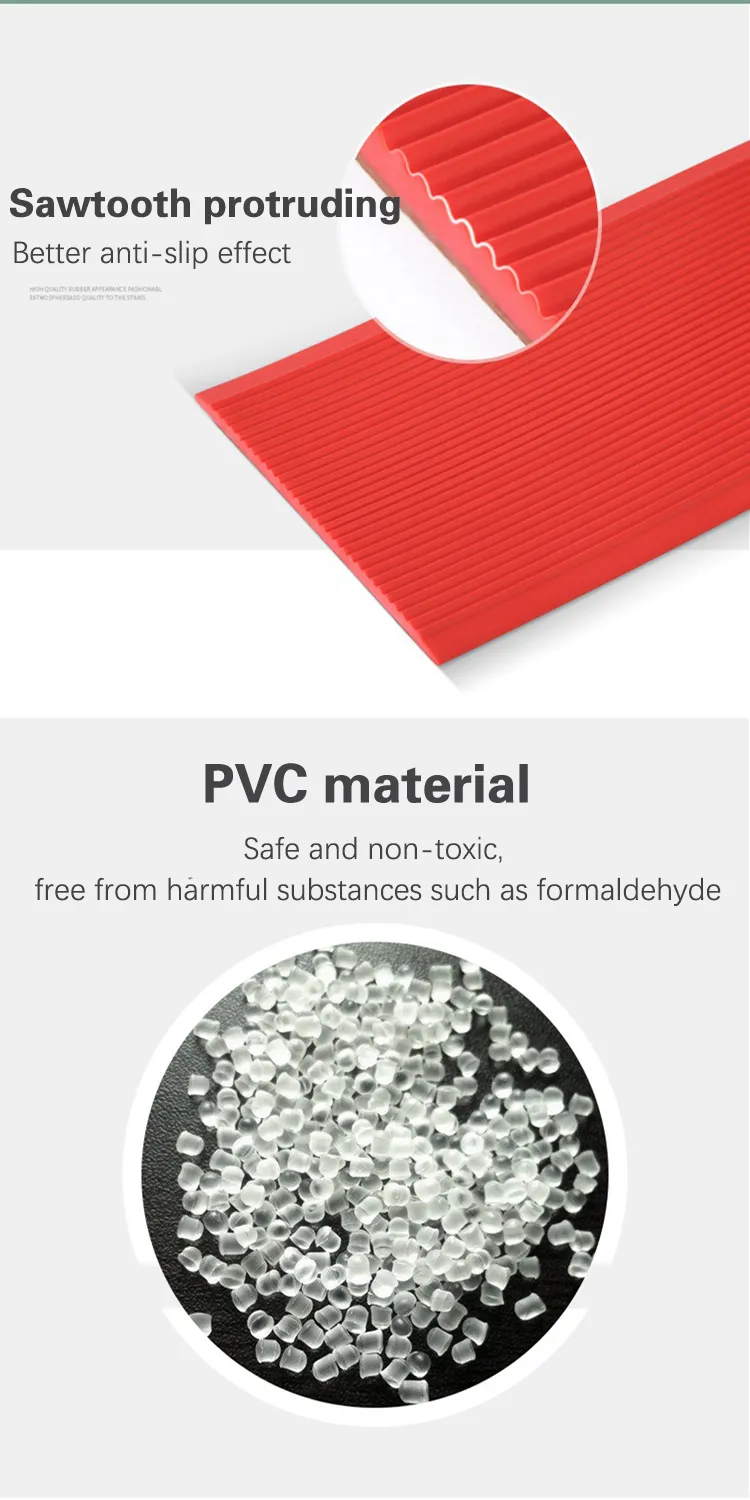Types of Garage Door Seals for Improved Insulation and Protection
Types of Garage Door Seals A Comprehensive Overview
Garage door seals play a crucial role in maintaining the integrity of your garage space. They not only provide insulation but also protect against pests, dirt, and harsh weather conditions. Understanding the different types of garage door seals can help homeowners make informed decisions that enhance their garage's functionality and efficiency.
1. Bottom Seals
The bottom seal is one of the most essential components of a garage door seal system. It’s designed to seal the gap between the bottom of the garage door and the floor. There are different types of bottom seals
- T-style seals These have a T-shaped design and attach to the bottom of the door. They provide a robust barrier against water and pests. - Bulb seals These seals have a more rounded shape and offer flexibility, allowing them to conform to uneven surfaces.
Bottom seals are typically made from rubber or vinyl, providing durability and resistance against wear and tear from daily use.
2. Side Seals
Side seals, also known as vertical seals, are installed along the sides of the garage door frame. They help keep out drafts, rain, and other elements. There are two primary types of side seals
- Brush seals These have bristles that are effective at keeping out dust and pests, ideal for those who live in areas with high insect populations. - Vinyl sweep seals Made from flexible vinyl, these seals create a tight barrier and are excellent for providing insulation.
Side seals are important for ensuring that your garage remains secure and energy-efficient.
garage door seal types

3. Top Seals
Top seals are installed at the top of the garage door and serve as a barrier against rain, snow, and other elements that could leak through the gap. The most common type of top seal is the double-flap seal, which consists of two overlapping flaps that ensure full coverage. This design is effective in areas prone to inclement weather, preventing moisture from entering the garage.
4. Threshold Seals
Threshold seals are installed on the garage floor and run parallel to the garage door. They create a formidable barrier against water and pests. Threshold seals are particularly useful for garages that experience flooding or are located in areas with significant rainfall. There are various materials available, including rubber and aluminum, offering options for durability and effectiveness.
5. Magnetic Seals
Magnetic seals are a newer innovation in garage door sealing technology. These seals use a magnetic strip that attracts to metal surfaces, ensuring a tight fit that helps prevent air leakage. Magnetic seals are ideal for modern garage doors, providing a sleek aesthetic while maintaining functionality.
Choosing the Right Seal
When selecting a garage door seal, consider factors such as climate, the presence of pests, and overall garage usage. Properly installed seals can significantly reduce energy costs by maintaining consistent temperatures within the garage. Additionally, they enhance the overall security of the garage space by minimizing entry points for unwanted visitors.
Conclusion
In summary, investing in quality garage door seals is essential for protecting your garage from the elements, pests, and energy loss. Whether you choose bottom, side, top, threshold, or magnetic seals, each type serves a unique purpose in maintaining the integrity of your garage. Regular maintenance and replacement of worn-out seals can greatly extend the life of your garage door and improve the overall efficiency of your garage space. By understanding the different types of garage door seals, homeowners can take proactive steps to ensure their garages remain safe, comfortable, and efficient.
-
Silicone Seal Strip: The Ultimate Solution for Your Sealing NeedNewsNov.01,2024
-
Keep the Heat: The Importance of Seal for Oven DoorsNewsNov.01,2024
-
Essential Guide to Corner Protectors for Your FurnitureNewsNov.01,2024
-
Enhance Your Home with Silicone SolutionsNewsNov.01,2024
-
Efficient Maintenance of Melamine Sealing StripsNewsNov.01,2024
-
Comparison of Different Edge Sealing ProcessesNewsNov.01,2024
-
Types of Door Bottom Seal Strips and Their Best UsesNewsOct.25,2024